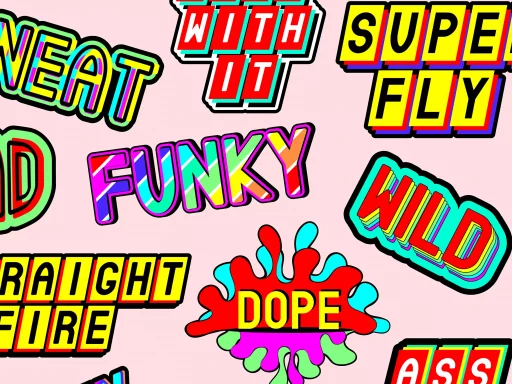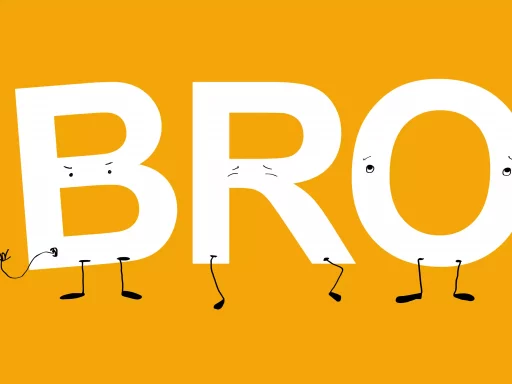Introduction to IDM
Intelligent Dance Music, commonly referred to as IDM, is a genre of electronic music that emerged in the early 1990s. While the term implies music designed for listening rather than dancing, its complexity and innovation have captivated audiences worldwide. The genre is characterized by intricate rhythms, eclectic sounds, and often unconventional song structures. As the name suggests, IDM is not just about beat; it’s a cerebral experience that invites the listener to engage deeply with the sonic landscape.
The Origins of IDM
IDM’s roots lie in the experimental movements of electronic music during the late 20th century. Artists began to explore the boundaries of sound, leading to unique productions that defy traditional genres. The term ‘IDM’ gained popularity in the 1990s, largely thanks to the label Warp Records and its artists, such as Aphex Twin and Autechre, who were instrumental in shaping the style.
Key Characteristics of IDM
- Complex Rhythms: IDM often features irregular time signatures and polyrhythms, making the listening experience intricate and engaging.
- Textural Variety: The genre richly uses ambient sounds, glitch textures, and field recordings, experimenting with audio layers.
- Emphasis on Emotion: Unlike many electronic genres, IDM focuses on evoking a range of emotions through its sonic compositions.
- Non-linear Compositions: Tracks often eschew typical verse-chorus structures in favor of more abstract forms.
Notable IDM Artists
Several artists have become synonymous with IDM, contributing significantly to its development and popularity. Some of these include:
- Aphex Twin: Often hailed as the father of IDM, Richard D. James blends lush melodies with mechanical beats.
- Autechre: Known for their complex beat structures and dense textures, they often challenge listeners with their experimental soundscapes.
- Boards of Canada: Their music often features nostalgic themes, utilizing analog synthesizers to create a warm, ethereal quality.
- Squarepusher: Combining jazz influences with electronic beats, his work is known for its frenetic energy and technical prowess.
Case Study: The Impact of IDM on Music Culture
IDM has not only impacted the realm of electronic music but has also influenced various other genres and artistic expressions. For instance, artists from hip-hop to film have taken inspiration from IDM’s groundbreaking techniques. For instance, the glitch aesthetic—popularized by IDM artists—has found its way into visual arts and design, creating a broader cultural movement that embraces imperfections and complexity.
Statistics on IDM’s Popularity
In recent years, the spread of IDM has been well-documented. According to a survey conducted by Resident Advisor:
- Over 20% of respondents aged 18-34 identified IDM as their favorite electronic sub-genre.
- Streaming platforms such as Spotify have reported a 30% increase in IDM playlists over the past 5 years.
- Music festivals focusing on electronic music have included IDM acts, with approximately 15% of their line-up dedicated specifically to this genre.
The Future of IDM
As music technology continues to evolve, so too does IDM. Artists are now leveraging new tools and software to push their creative boundaries even further. Collaborations have arisen between IDM artists and creators across other genres, leading to hybrid forms that incorporate elements of IDM while still appealing to wider audiences.
Furthermore, as the underground nature of IDM provides an alternative to mainstream music, enthusiasts are actively promoting it through online communities and social media platforms. This grassroots approach not only sustains the genre but also allows new artists to emerge and gain recognition in the vibrant world of IDM.
Conclusion
IDM, with its intricate rhythms and emotive soundscapes, represents a fascinating intersection of technology and creativity in music. As it continues to evolve, both in its sound and its community, IDM remains a vital and dynamic expression of the cultural landscape.






